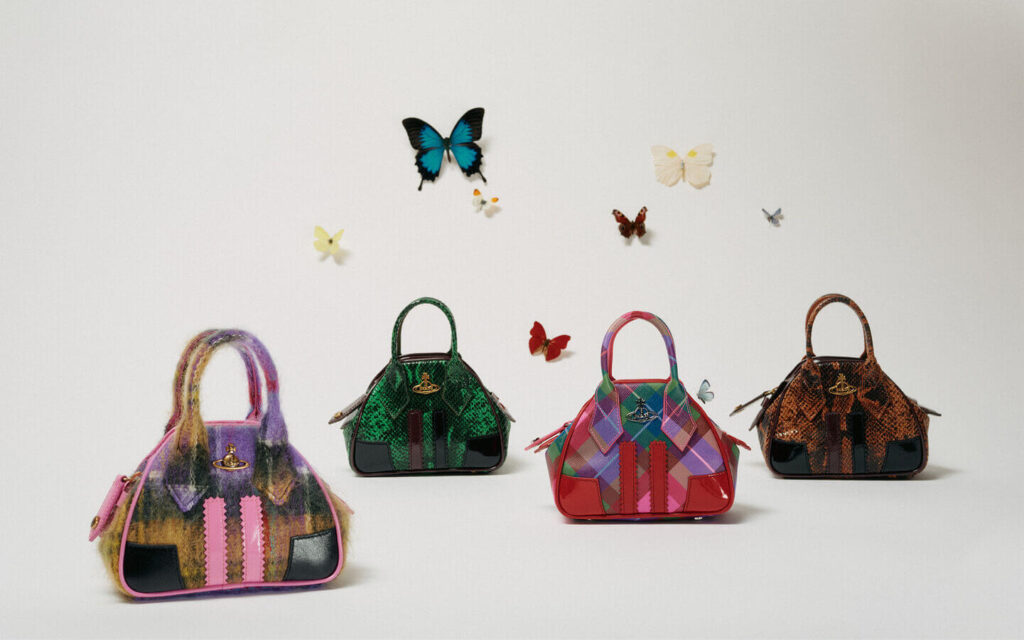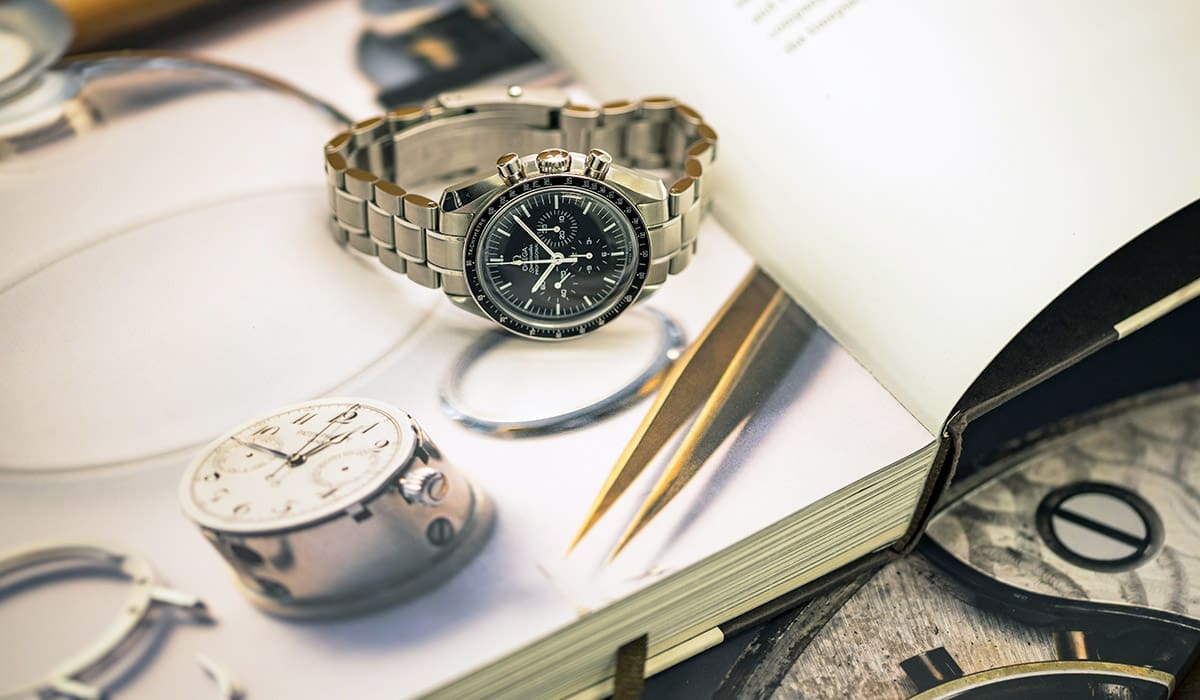MADRID — Mariano Puig, who helped transform his family-owned Spanish perfume maker into an international fashion house that encompasses the brands Paco Rabanne, Nina Ricci, Carolina Herrera and Jean Paul Gaultier, died on April 13 in Barcelona. He was 93.
Puig, the company that bears the family name, confirmed the death.
As a member of the second generation to run the company, Mr. Puig significantly expanded its presence overseas, particularly in the 1960s, when Puig opened offices in the United States and struck an alliance with Mr. Rabanne, a Spanish fashion designer whose celebrity status in Paris gave Puig better access to the French market.
Puig eventually took over Paco Rabanne and other major brands. One of Mr. Puig’s five children, Marc Puig, is the current chairman and chief executive of the company, which was founded by Mariano Puig’s father, Antonio, in 1914.
Puig had revenues of about €2 billion, or $2.4 billion, in 2019. It is one of the few major fashion businesses still under the ownership of its original family in a luxury goods sector dominated by conglomerates like Kering and LVMH Moët Hennessy Louis Vuitton.
Mariano Puig Planas was born in Barcelona on Dec. 8, 1927. His father initially imported and sold products and materials like rubber, perfumes and books. His mother, Júlia Planas, was a homemaker.
In his youth, Mariano was a member of Spain’s water ski team and twice won the national championships. He graduated in 1949 from the Chemical Institute of Sarrià in Barcelona and studied at the IESE Business School shortly after it opened there in 1958; it is now one of the two leading international business schools based in Barcelona, alongside Esade.
Antonio Puig lost his business when, early in World War I, a German submarine sank a vessel carrying an uninsured shipload of his goods. After starting afresh, he introduced the first lipstick manufactured in Spain, under the brand name Milady, in 1922.
After the Spanish Civil War of the 1930s, Antonio Puig consolidated his perfume business by selling a lavender-scented eau de cologne called Agua Lavanda. Developed with a French perfumer, Segal, the cologne became a major seller in Spain.
From the 1950s, Antonio Puig progressively handed over control to his four sons and died in 1979. Mariano Puig joined the company while completing his studies as a chemical engineer.
He was the second oldest son and the one most determined to expand the company overseas. “Spain was small and closed, and that made me think about what we wanted to do and be,” he said, according to an extract from a book that Puig published to celebrate the company’s centenary.
Today in Business
Mr. Puig acquired the rights to distribute well-known foreign brands in Spain at a time when the country was under military dictatorship. With his wife, María Guasch, he traveled to Los Angeles to sign a deal with Max Factor to distribute its cosmetics in Spain.
Mr. Puig’s biggest coup was persuading Mr. Rabanne, the fashion designer, to diversify — to add perfumery to his lines of haute couture — and partner with Puig, which had only about 50 employees at the time. Shortly after agreeing to a fragrance joint venture in 1968, the two men were at dinner when Mr. Rabanne sketched on a paper tablecloth the outline of the United Nations building in New York. The drawing became the design for the bottle of their first successful perfume, called Calandre. Puig eventually took over Mr. Rabanne’s entire business, including his fashion house.
Mr. Puig followed a similar path in the 1980s with Carolina Herrera, the Venezuelan fashion designer, who had gained fame in New York. They launched a perfume brand together before Puig took over her fashion house as well, in 1995.
Mr. Puig was chief executive of the company until 1998 and then chairman of Exea, the holding company through which his family controls Puig, for another five years.
He was a supporter of family corporate ownership and helped found the Spanish Family Business Institute in Barcelona. José Luis Blanco, its director general, paid homage to Mr. Puig as a key player in the overhaul of Spanish industry, which had been left in tatters by the civil war and did not have the benefit of recovery funds from the Marshall Plan after World War II.
Alongside a few other business leaders of his generation, Mr. Puig “managed to transform this nation from ruins into the modern and dynamic country that we have today,” Mr. Blanco said.
Along with his son Marc, Mr. Puig is survived by his wife; a brother, José María; four other children, Marian, Ana, Ton and Daniel; and nine grandchildren.
As one of the most prominent business tycoons of Barcelona, Mr. Puig help finance several local arts foundations and museums as well as IESE.
He sought to steer clear of politics, and he deplored the decade-long secessionist conflict in Catalonia, which reached a boiling point in 2017, when the Catalan regional government made a failed attempt to declare an independent Catalan republic, with Barcelona as its capital.
In a letter published that year in La Vanguardia, the Barcelona-based newspaper, Mr. Puig wrote: “I feel very Catalan, I feel very Spanish, and I have deep love for my city. But recently we have lived a contradiction that can only make me feel sad.”





More Stories
A Return to Designing as a Destination
Rituals Private Collection Comfort Review Cotton Blossom
Flutter Your Lashes – A LITTLE OBSESSED